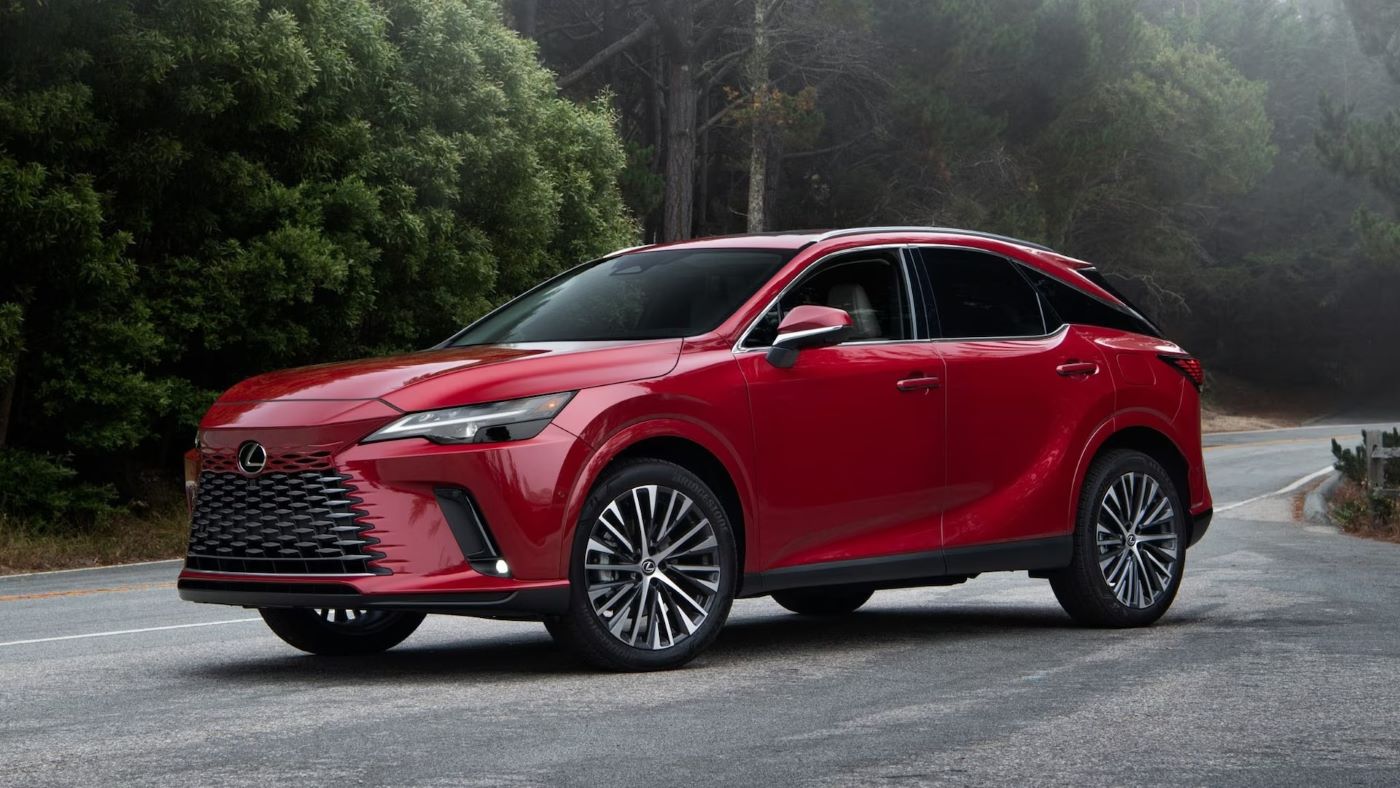When purchasing a new vehicle, buyers often feel reassured by the manufacturer’s warranty, which promises to cover repairs and defects for a set period.
However, many drivers experience frustration when critical vehicle systems start to fail immediately or shortly after the warranty expires.
These untimely breakdowns can lead to expensive repairs and a sense that the manufacturer’s warranty was just a temporary safety net, rather than a sign of lasting reliability.
Systems that fail right after warranty expiration often point to design shortcuts, lower-quality components, or insufficient long-term testing during development.
On the other hand, some vehicles feature systems that not only withstand the test of time but continue to operate reliably well beyond the warranty period.
These “go the distance” systems reflect careful engineering, use of high-quality parts, and thorough validation processes that prioritize long-term durability. Such vehicles provide owners with confidence, reduced maintenance costs, and a better overall ownership experience.
This article explores both sides of the spectrum: five vehicles whose critical systems tend to fail soon after warranty coverage ends, and five models known for systems that deliver exceptional longevity.
Understanding the differences between these groups can help buyers make informed choices and plan for long-term ownership costs.
Also Read: 5 Cars That Break Right After Warranty and 5 That Keep Going Forever
5 Car Systems That Fail When Warranty Ends
One of the most frustrating experiences for vehicle owners is watching a crucial system fail just after the manufacturer’s warranty expires.
This timing can feel all too deliberate, as if the vehicle was designed to perform well only during the warranty period and then falter soon after.
Unfortunately, this phenomenon is common in certain makes and models, where design flaws, cost-cutting measures, or insufficient durability testing contribute to components breaking down shortly after the coverage ends.
Systems that commonly fail right after warranty expiration include transmissions, infotainment units, turbochargers, and suspension components.
When these systems start malfunctioning, repairs or replacements often come at a steep price, leaving owners with significant unexpected expenses. Moreover, these failures can erode trust in the brand and diminish the vehicle’s resale value.
The reasons behind premature system failures are often multifaceted. Manufacturers may use less durable parts or take shortcuts in engineering to meet cost targets or regulatory deadlines.
Sometimes, new technologies are rushed to market without sufficient real-world testing. Additionally, warranty periods vary across brands, and some automakers offer shorter coverage periods, increasing the likelihood that major repairs fall outside of warranty protection.
This section will examine five specific vehicles whose systems are notorious for failing soon after the warranty expires.
By understanding these patterns, prospective buyers and current owners can better prepare for potential issues, weigh the risks, and consider extended warranties or maintenance plans.
Recognizing these common trouble spots also highlights the importance of thorough research before purchase, as well as proactive vehicle maintenance to extend the lifespan of vulnerable components.
1. Jeep Grand Cherokee (2014–2020)
The Jeep Grand Cherokee, particularly models from 2014 to 2020, is frequently cited for critical system failures shortly after the warranty period ends, especially regarding its air suspension and transmission systems.
This luxury SUV, known for off-road capability and comfort, unfortunately struggles with premature component wear that leads to expensive repairs for owners outside the warranty window.
The Quadra-Lift air suspension system in the Grand Cherokee is a key area of concern. While it offers excellent ride quality and adjustable ground clearance, the air springs and compressor often fail around the 4-5 year mark, coinciding closely with the typical 3-4 year warranty expiration.
These failures result in sagging or uneven ride height and require costly replacements or rebuilds of air suspension components.
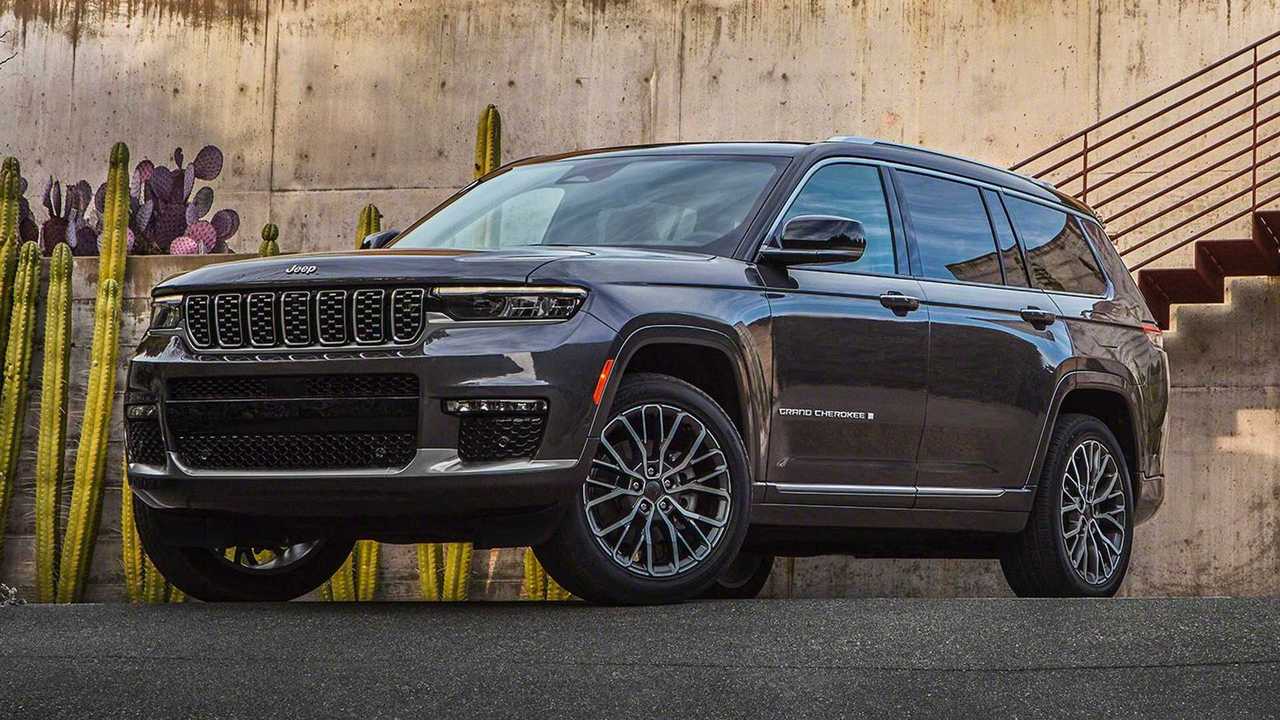
Additionally, the 8-speed automatic transmission in these model years has been known to develop issues such as rough shifting, slipping, and even complete failure shortly after the warranty ends.
While some issues are minor and can be addressed through software updates or fluid changes, others require transmission rebuilds or replacements, which are very expensive out of pocket.
Owners report that these failures often come with minimal warning signs, making the repair costs a surprising financial burden.
The combination of air suspension and transmission problems places the Grand Cherokee on the list of vehicles with systems that tend to fail just after the warranty period, emphasizing the importance of extended warranty coverage or setting aside repair funds.
This example highlights how complex systems, especially those involving new technology like air suspension, can present long-term reliability challenges if not engineered or tested thoroughly for durability beyond the warranty term.
2. Ford Focus (2012–2018, Third Generation)
The Ford Focus, particularly third-generation models from 2012 to 2018, is notorious for transmission failures occurring right after the warranty period expires.
Ford’s PowerShift dual-clutch automatic transmission, introduced to improve fuel efficiency and performance, has faced widespread criticism for reliability problems that often manifest around the 3-5 year mark—just as factory warranties end.
Owners frequently report issues such as jerky or delayed shifts, slipping gears, and complete transmission failure, often without prior warning signs.
These problems lead to expensive repairs or transmission replacements, which can easily cost thousands of dollars out of pocket.
Many attribute these failures to design flaws in the PowerShift transmission’s clutch pack and mechatronics, which were not robust enough to handle real-world driving conditions over time.
Ford has faced numerous class-action lawsuits and extended warranty programs in response, but many vehicles fall outside coverage, leaving owners with costly repair bills.
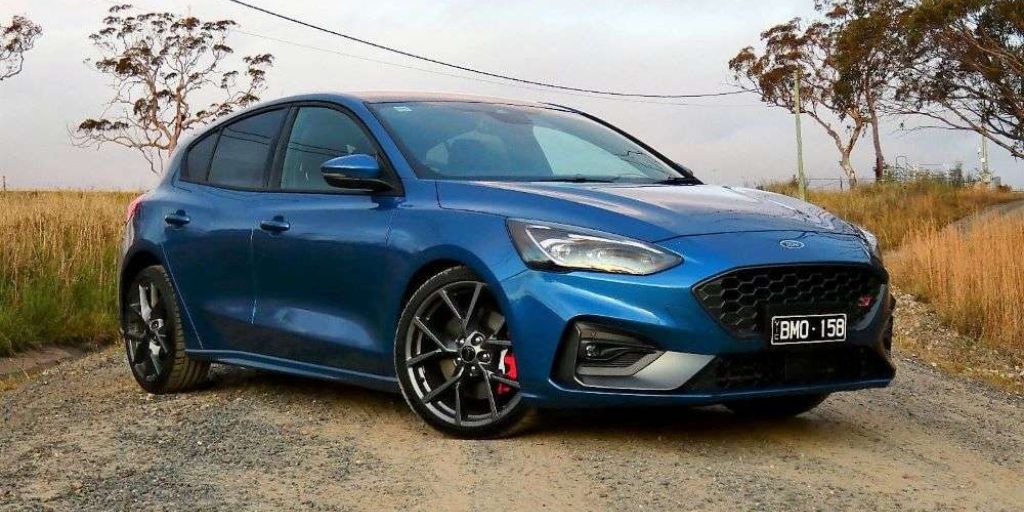
The transmission’s reputation has also hurt the Focus’s resale value, and some owners avoid purchasing used models because of these known issues.
Beyond the transmission, some Focus models also suffer from issues with the electrical system and cooling components, compounding the risk of expensive repairs after warranty expiration. These failures highlight how ambitious technology can sometimes fall short in long-term durability when rushed to market.
The Ford Focus case serves as a cautionary tale about the importance of proven, durable systems and thorough testing before deployment.
Prospective buyers should be wary of models with known post-warranty failures and consider extended coverage or careful maintenance planning.
3. Chevrolet Cruze (2011–2016, First Generation)
The Chevrolet Cruze, particularly the first generation produced from 2011 to 2016, is another vehicle with systems that often fail right after the warranty expires, notably its turbocharged engine components and cooling system.
This compact sedan was well-liked for its fuel efficiency and styling, but many owners encountered costly repairs after the warranty period ended.
A primary concern is the failure of the turbocharger and its related components. Turbocharger problems, such as wastegate malfunctions or bearing wear, tend to surface around the 4-5 year mark, coinciding closely with the end of the standard warranty coverage.
These issues can lead to reduced power, increased oil consumption, and ultimately turbo replacement, which is expensive.
Additionally, the Cruze’s cooling system has a reputation for early failures, especially the water pump and thermostat housing.
When these parts fail, they can cause overheating and severe engine damage if not addressed promptly. Cooling system failures often occur just after the warranty expiration, catching many owners off guard.
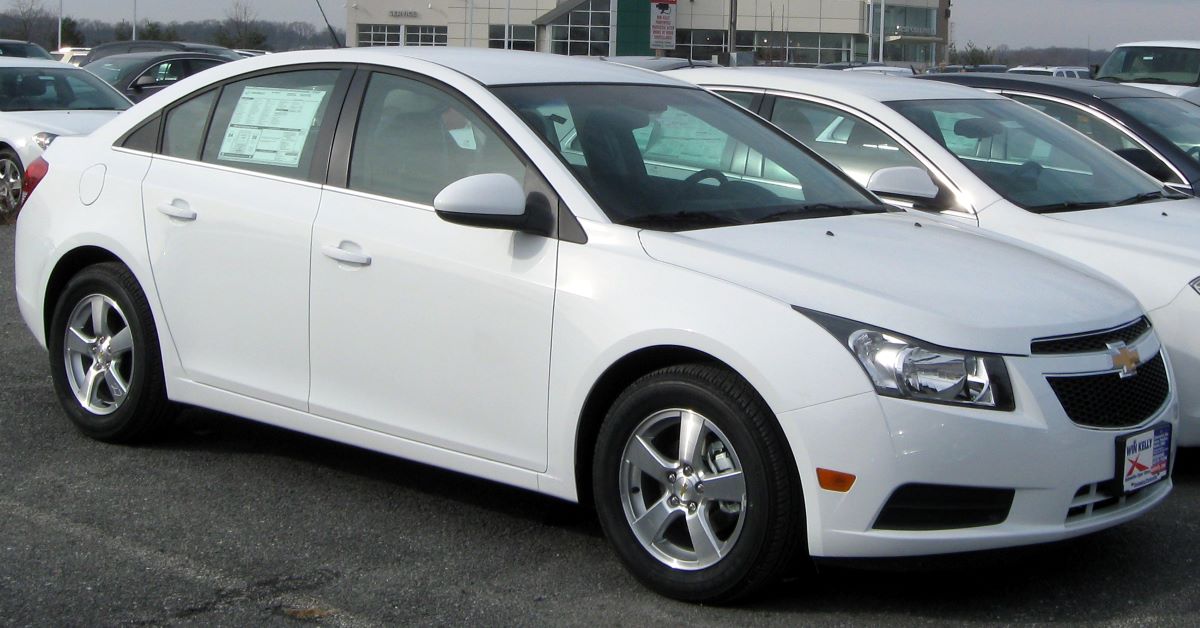
Chevrolet’s use of plastic components in critical cooling system areas has been criticized for lack of durability, leading to leaks and cracks that require premature replacement.
The cost of repairs after warranty can be significant, making the Cruze a vehicle with systems that don’t reliably “go the distance.”
The Cruze example underscores the importance of durable component materials and highlights risks when vehicles incorporate new technology or cost-saving parts without sufficient longevity testing.
4. BMW 3 Series (F30, 2012–2019)
The BMW 3 Series, especially the F30 generation produced from 2012 to 2019, is known for delivering sporty performance and luxury, but it also has a reputation for certain systems failing shortly after the factory warranty expires.
Key issues often arise with the high-pressure fuel pump and electronic components, leading to unexpected repair costs for owners once the initial warranty period ends.
The high-pressure fuel pump (HPFP) in turbocharged variants is particularly problematic. Many owners report pump failures that cause rough idling, loss of power, or engine stalling after around 4 to 5 years of ownership.
The HPFP is an expensive repair and typically falls outside the original warranty, leaving owners to cover the full cost.

Additionally, the complex electronic systems in the F30, including sensors and control modules, can develop faults post-warranty.
These electrical issues may trigger warning lights, random error codes, or intermittent malfunctions that require diagnostics and repairs, which can be costly.
BMW’s use of advanced technology and high-performance parts, while contributing to driving enjoyment, sometimes results in increased maintenance demands and shorter component lifespans compared to simpler systems.
This combination of issues places the BMW 3 Series on the list of vehicles whose critical systems frequently fail just after warranty coverage ends.
Buyers considering an F30 should be prepared for potential repairs and consider extended warranties or setting aside funds for maintenance.
5. Tesla Model S (2012–2016, First Generation)
The Tesla Model S, especially early first-generation versions from 2012 to 2016, is renowned for its groundbreaking electric powertrain and innovative technology.
However, some key systems in these early models tend to encounter failures shortly after the end of the limited warranty period, causing frustration for owners facing expensive repairs out of pocket.
A particularly common issue is with the battery cooling system and associated electronics. The thermal management system is critical to maintaining battery health and performance, but failures such as coolant leaks, pump malfunctions, or sensor errors often arise after the warranty expires around 4 years.
These failures can lead to reduced range, overheating risks, and costly repairs or component replacements.
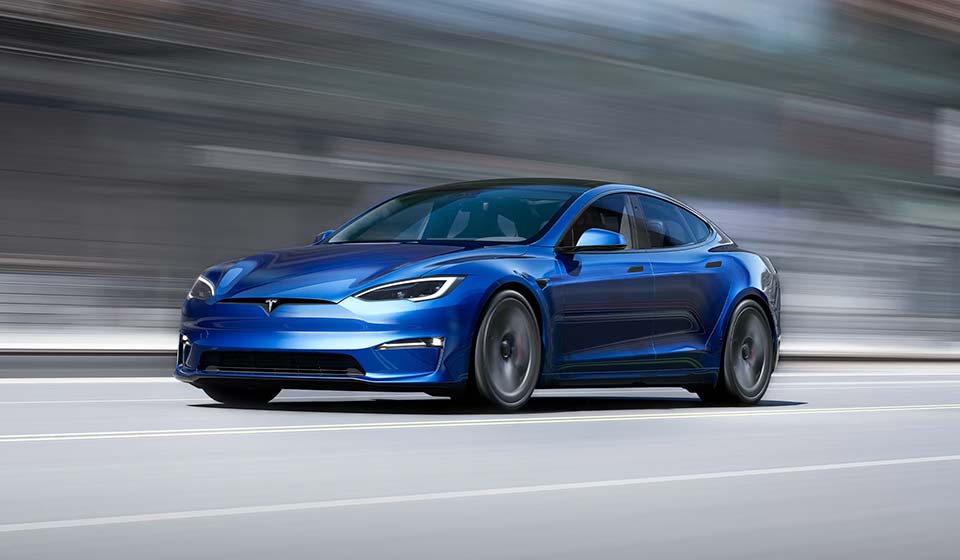
Additionally, early Tesla models sometimes experience failures in their power electronics and onboard chargers once warranty coverage lapses. These electrical components are complex and costly to fix, and many owners have reported such repairs occurring just after warranty expiration.
Tesla’s rapid pace of innovation and relatively young manufacturing processes during these early years contributed to less mature systems compared to legacy automakers, resulting in some durability concerns.
Despite these issues, many owners find Tesla’s extended warranty and service plans helpful in mitigating out-of-pocket costs.
Still, the Model S exemplifies a vehicle where high-tech systems can fail soon after the warranty ends, highlighting the need for buyers to consider service coverage and maintenance budgets.
5 That Defy the Odds
While some vehicles experience critical system failures shortly after warranty expiration, others stand out for their durability and long-lasting reliability.
Systems that “go the distance” demonstrate exceptional engineering, use of high-quality materials, and rigorous testing to ensure they continue functioning well beyond the coverage period.
For owners, this translates into fewer unexpected repairs, lower maintenance costs, and greater peace of mind throughout the vehicle’s lifespan.
Vehicles with systems that last often come from manufacturers with strong reputations for reliability and focus on conservative, proven technology rather than pushing the envelope with untested innovations.
These cars typically feature robust powertrains, dependable transmissions, and cooling or suspension systems that endure years of driving without significant issues.
Choosing a vehicle known for long-lasting systems means fewer trips to the mechanic and less financial stress, especially after the warranty ends.
Such durability enhances resale value and overall ownership satisfaction. It also reflects a manufacturer’s commitment to quality and engineering excellence.
In this section, we’ll explore five vehicles whose critical systems reliably perform well past warranty coverage.
From powertrains to suspension and cooling systems, these cars exemplify durability and the kind of engineering that gives owners confidence that their vehicle won’t succumb to costly, premature failures.
Understanding these examples will help buyers make informed decisions based on long-term ownership costs and reliability, not just initial price or features.
Next, we will dive into the detailed profiles of these five vehicles, highlighting why their systems have earned a reputation for going the distance and what makes them stand out in a market often plagued by early component failures.
1. Toyota Camry (2012–2017, Eighth Generation)
The Toyota Camry is often regarded as a benchmark for long-lasting reliability, and its eighth generation (2012–2017) exemplifies this reputation.
One of the key reasons the Camry’s systems go the distance is Toyota’s conservative engineering philosophy and dedication to quality control, which prioritizes durability over cutting-edge but unproven technology.
The Camry’s powertrain, including its 2.5L four-cylinder and available V6 engines, is well-known for exceptional longevity.
These engines feature robust components, straightforward designs, and proven technology that require minimal repairs even after hundreds of thousands of miles.
This durability extends to the automatic transmissions used in this generation, which are praised for smooth shifting and few failures, even beyond the typical warranty periods.
Additionally, the Camry’s cooling system, including the radiator, water pump, and thermostat, is built with high-quality materials that resist premature wear and leaks. The result is a system that keeps engine temperatures stable over many years and thousands of miles without frequent failures.
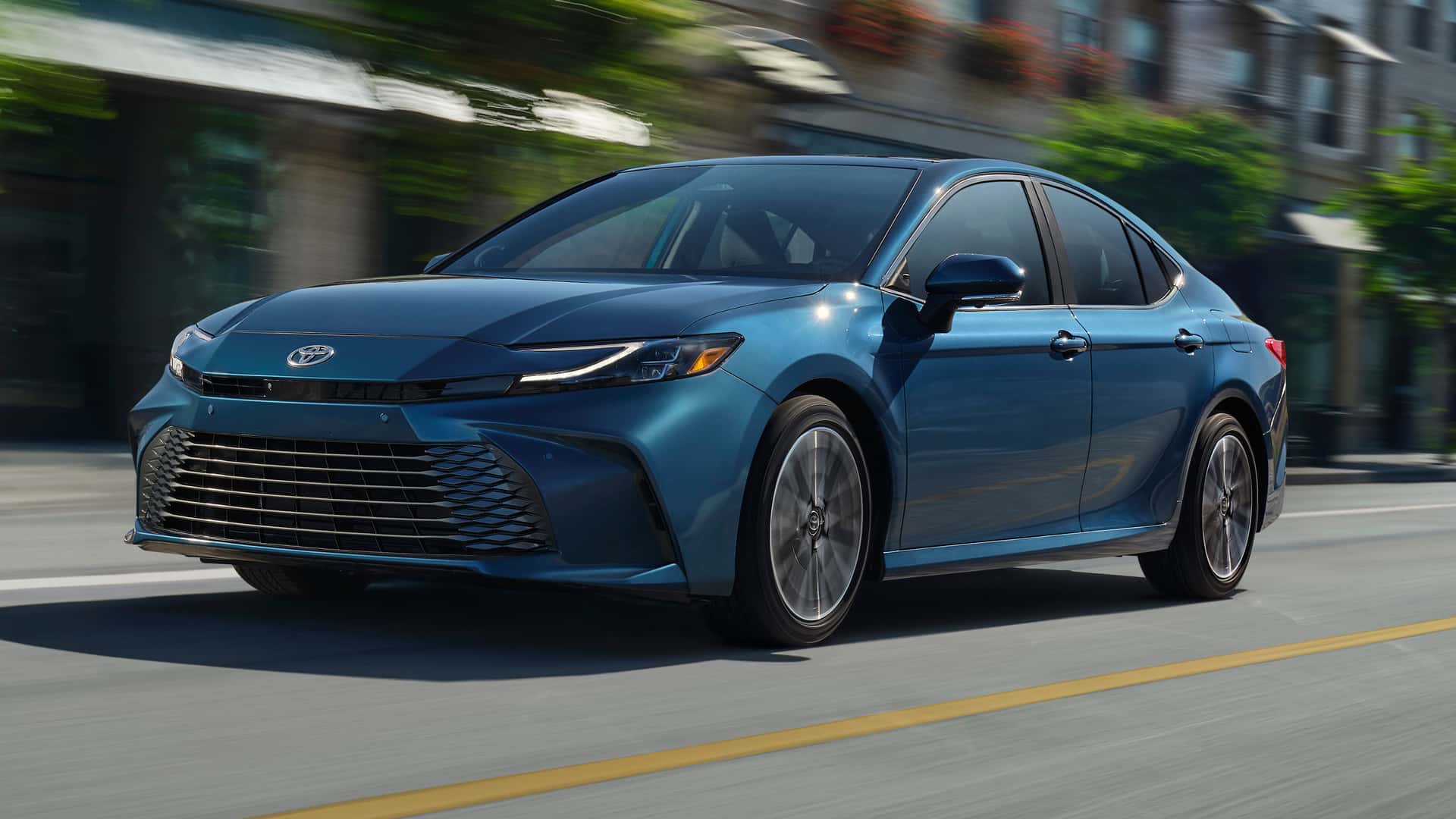
Owners benefit from low maintenance costs and fewer unexpected repairs, contributing to Toyota Camry’s strong resale value and widespread appeal among used car buyers.
The combination of proven mechanical components, consistent manufacturing quality, and a well-designed cooling system places the Camry firmly on the list of vehicles with systems that reliably outlast warranty coverage.
For anyone seeking a dependable midsize sedan with minimal worries about system failures after warranty expiration, the Camry is a top contender.
2. Honda Accord (2013–2017, Ninth Generation)
The Honda Accord from the ninth generation (2013–2017) is another standout when it comes to systems that consistently go the distance.
Known for its balance of performance, comfort, and reliability, this generation of the Accord features powertrains and ancillary systems that have proven to endure well beyond warranty coverage.
Honda’s naturally aspirated engines in these models, particularly the 2.4L four-cylinder and the 3.5L V6, are engineered for longevity.
They boast simple, robust designs with high-quality components, which contribute to fewer mechanical failures even after 100,000 miles or more.
The Accord’s transmissions, whether the smooth-shifting CVT or the traditional automatic, also enjoy a reputation for reliability, with many owners reporting trouble-free operation long past the factory warranty period.
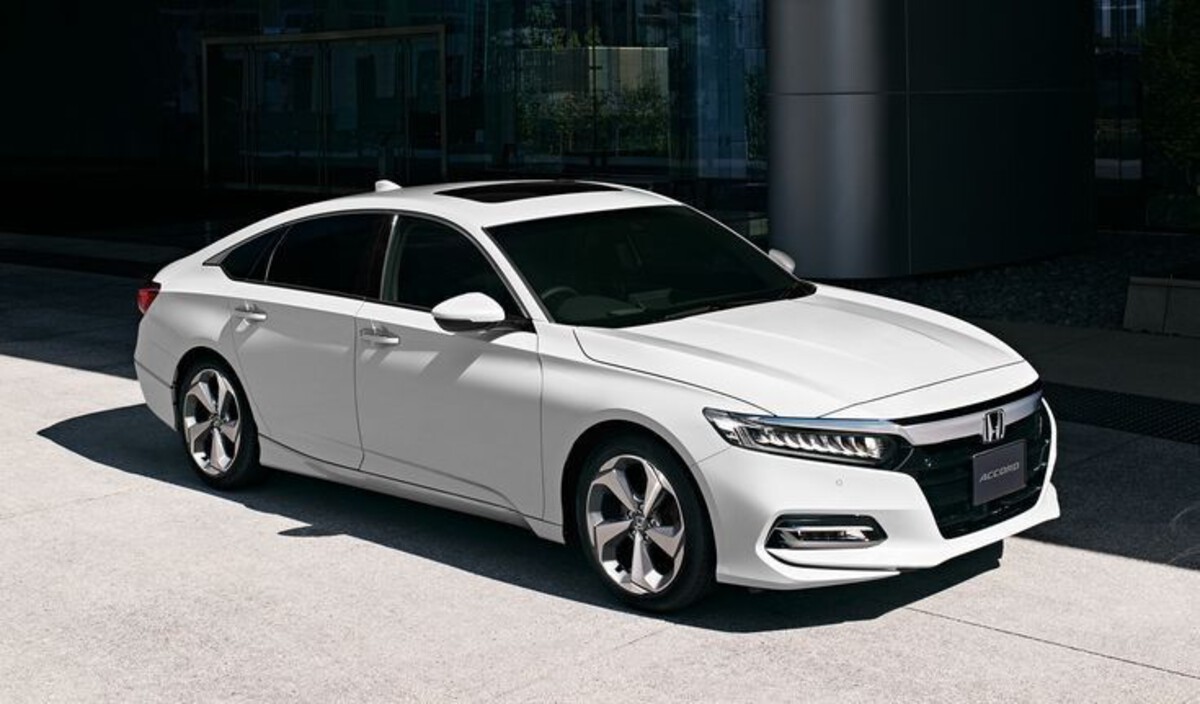
The cooling system in the Accord—comprising the radiator, thermostat, and water pump—is well-designed and built to withstand years of use without significant issues.
This ensures stable engine temperatures and reduces the risk of overheating, a common problem in less durable vehicles.
Honda’s rigorous manufacturing standards and extensive testing help ensure these systems maintain performance over time, minimizing repair costs for owners.
The combination of dependable engines, transmissions, and cooling systems makes the Accord a reliable choice for those seeking a car with systems that go the distance.
This enduring reliability contributes to strong resale values and high owner satisfaction, reinforcing the Accord’s position as one of the most dependable midsize sedans on the market.
3. Lexus RX 350 (2010–2015, Third Generation)
The Lexus RX 350, particularly from the third generation (2010–2015), is a luxury SUV renowned not only for its comfort and refinement but also for its exceptional system durability.
Lexus, as Toyota’s luxury division, benefits from the same engineering philosophy that prioritizes reliability and long-term performance.
The RX 350’s 3.5L V6 engine is known for its robust construction and longevity, delivering smooth power while requiring minimal maintenance.
Paired with a reliable automatic transmission, this combination has been proven to endure well beyond warranty periods without major failures.
A standout feature is the RX 350’s cooling system, which is engineered with premium components designed to withstand wear and thermal stress over many years.
Lexus employs high-quality radiators, thermostats, and water pumps, which significantly reduces the likelihood of leaks or overheating issues that commonly plague lesser systems.
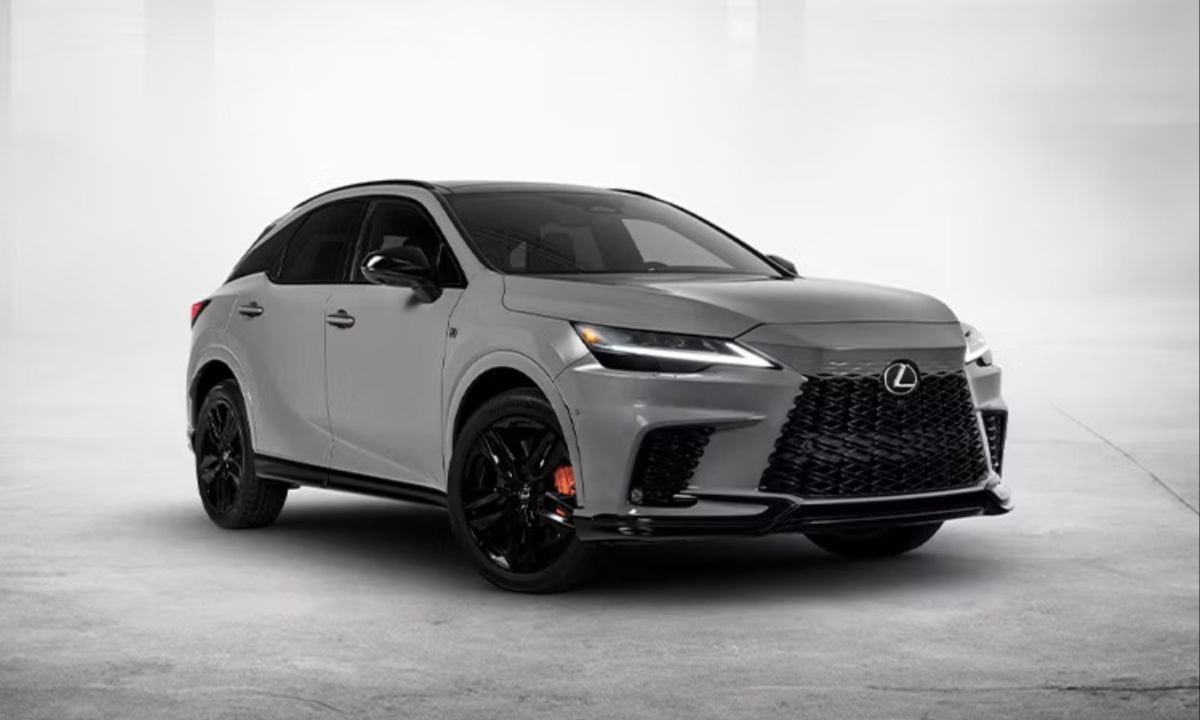
Owners often praise the RX 350 for requiring fewer repairs, even as mileage climbs well past 100,000 miles. This reliability is a direct result of meticulous engineering, high manufacturing standards, and conservative use of technology that prioritizes longevity over flashy features.
Because of these strengths, the Lexus RX 350 ranks high on the list of vehicles with systems that truly go the distance.
For buyers seeking luxury with peace of mind regarding maintenance and repair costs, the RX 350 stands out as a dependable choice that maintains its value and performance long after warranty expiration.
4. Subaru Outback (2010–2014, Fourth Generation)
The Subaru Outback from the fourth generation (2010–2014) is well-regarded for its ruggedness and reliability, especially when it comes to systems that last well beyond warranty periods.
Known for its distinctive all-wheel-drive system and boxer engine, the Outback offers durability that appeals to drivers seeking both adventure and peace of mind.
Subaru’s horizontally opposed “boxer” engines in this generation are designed for balance and longevity, with fewer vibration-related stresses that can affect engine components.
These engines have a reputation for strong longevity, especially when owners maintain regular service schedules.
The Outback’s continuously variable transmission (CVT) has improved over time, but the models from this era benefit from more traditional, proven designs that show fewer failures after warranty expiration.
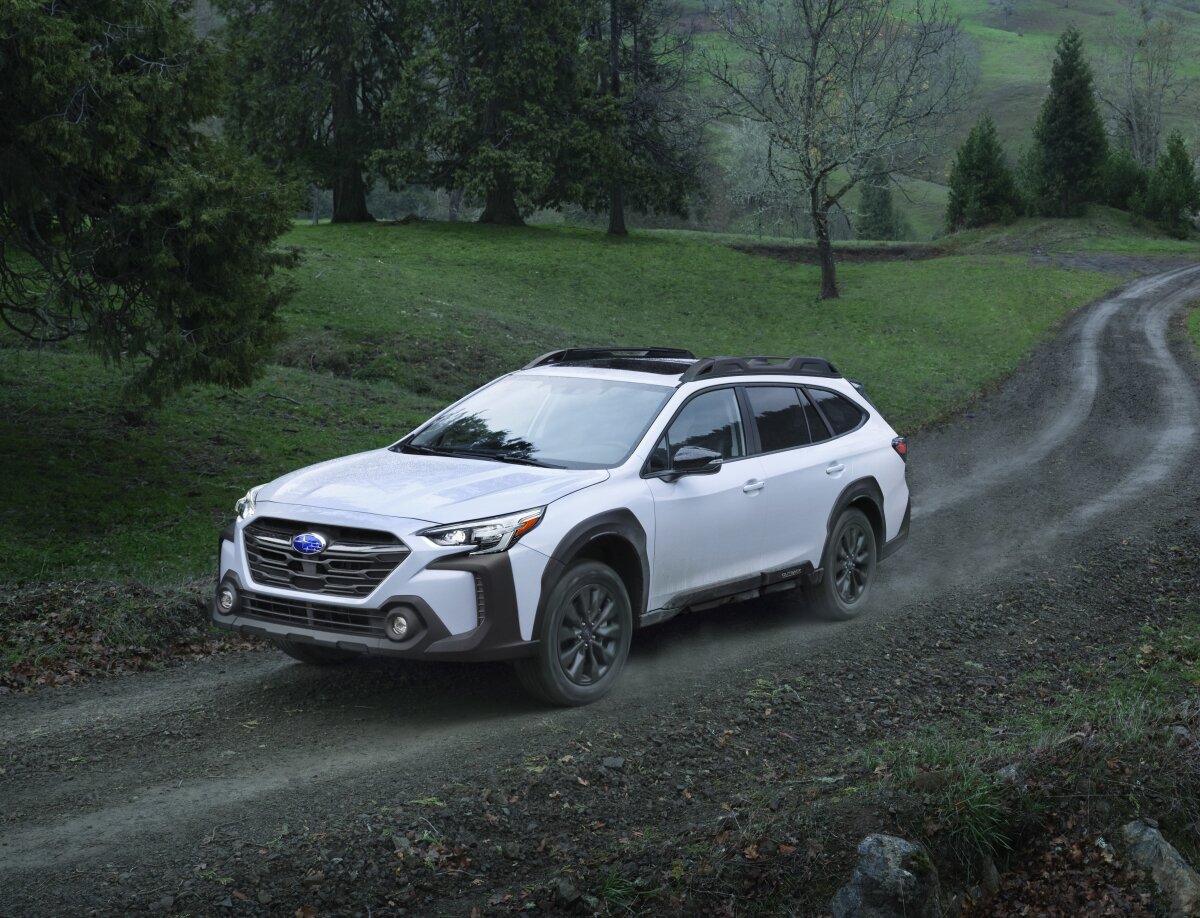
Additionally, the cooling system—consisting of durable radiators, thermostats, and water pumps—is engineered to cope with varied climates and driving conditions, reducing the chance of overheating or leaks over many years.
Subaru’s emphasis on all-weather capability and robust construction translates into components built to endure.
Many owners report minimal issues with critical systems well past the warranty period, which supports the Outback’s reputation for reliability and longevity.
This combination of engine durability, dependable transmission, and a solid cooling system ensures the Outback remains a favorite for those wanting a vehicle with systems that truly go the distance.
5. Ford F-150 (2015–2020, Thirteenth Generation)
The Ford F-150, especially the thirteenth generation produced from 2015 to 2020, is a full-size pickup truck renowned for its durability and reliability, making it an excellent example of systems that go the distance.
Known as America’s best-selling truck, the F-150 combines robust engineering with high-quality components to ensure its critical systems withstand years of heavy use.
The engines available in this generation, particularly the 3.5L EcoBoost V6 and the 5.0L V8, are engineered to balance power, efficiency, and longevity.
These engines are built with durable materials and advanced cooling technologies that prevent premature wear and overheating, even under demanding conditions such as towing and hauling.
The F-150’s transmission options, including the highly regarded 6-speed and 10-speed automatics, are designed to provide smooth shifting and long service lives.
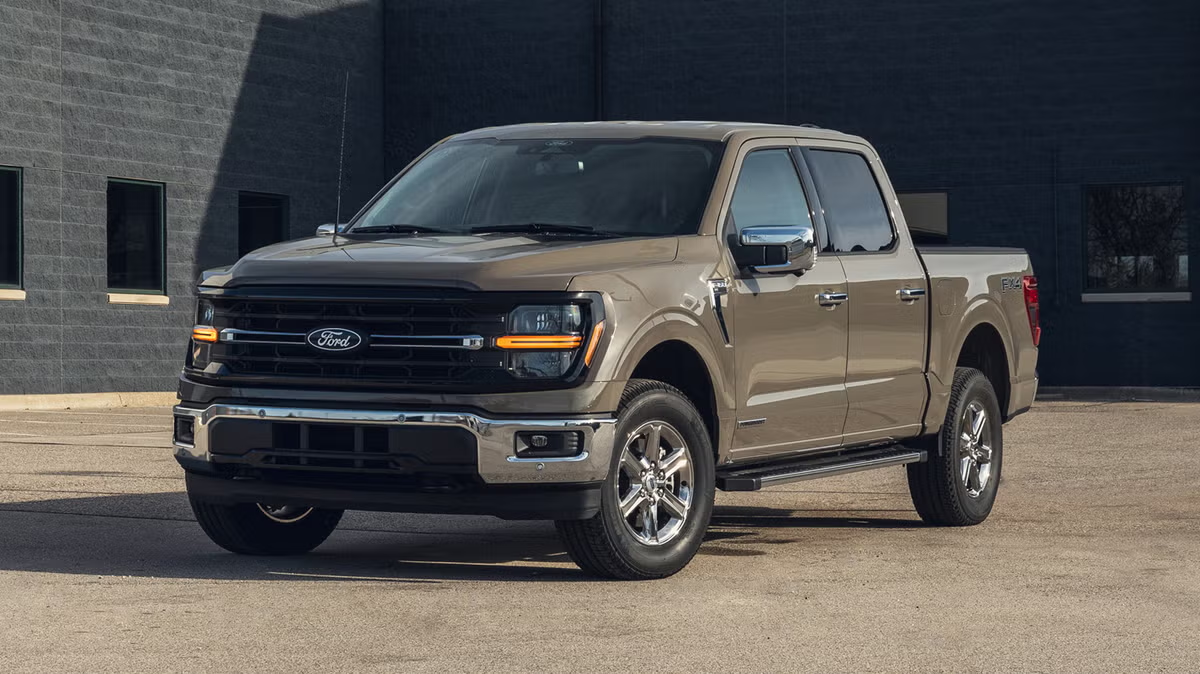
Coupled with a cooling system composed of reliable radiators, thermostats, and water pumps, the truck maintains optimal engine temperatures, which is crucial for preventing system failures over time.
Owners of the F-150 often report minimal major issues with these systems beyond the warranty period, contributing to the truck’s reputation for dependability.
Ford’s extensive testing and continuous improvement efforts ensure that the F-150 can endure harsh working environments and heavy daily use without frequent repairs.
For buyers seeking a pickup with systems that won’t fail soon after warranty expiration, the Ford F-150 stands out as a top contender, offering long-lasting performance, low maintenance costs, and strong resale value.
Reliability and durability are among the most important factors for car buyers and owners, especially when it comes to critical vehicle systems.
As we have explored, some vehicles feature systems that consistently fail shortly after the factory warranty expires, leading to costly repairs and frustration.
Conversely, other cars boast systems that go the distance, offering years of dependable service well beyond warranty coverage and minimizing unexpected expenses.
Understanding these contrasting reliability patterns helps buyers make informed decisions and prepares current owners for potential maintenance challenges.
Vehicles with systems that fail soon after warranty often share common traits—complex or unrefined engineering, use of less durable materials, or design flaws that manifest with time.
This reality highlights the importance of thorough quality control, extensive testing, and choosing vehicles from manufacturers with strong reputations for longevity.
On the other hand, cars with systems that endure showcase the value of conservative engineering, robust materials, and meticulous manufacturing standards.
These vehicles tend to deliver peace of mind, reduced maintenance costs, and higher resale values—factors that contribute significantly to overall ownership satisfaction.
For prospective buyers, investing time in researching vehicle reliability, especially regarding critical systems like the powertrain, cooling, and transmission, can save thousands in repairs.
Extended warranties or service plans might mitigate risks associated with less reliable models, but they come at an additional cost. Therefore, balancing initial price, reliability, and long-term ownership costs is crucial.
For current owners, proactive maintenance, timely repairs, and understanding manufacturer recalls or service bulletins can extend the life of key systems and prevent premature failures.
Ultimately, whether you lean toward a vehicle with systems known to fail early or one celebrated for lasting durability, awareness and preparation are key.
This knowledge empowers you to protect your investment, avoid surprises, and enjoy your vehicle for many miles and years to come.
Also Read: 5 Cars That Dealers Can’t Keep In Stock and 5 That Collect Dust

